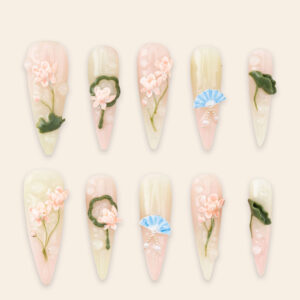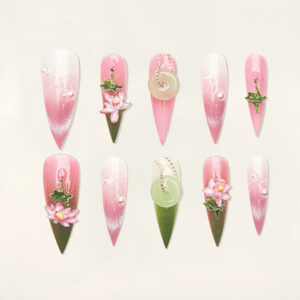In the beauty tech space, nail printing machines represent a fascinating intersection of art, engineering, and artificial intelligence. No longer confined to simple nail polish, these devices bring intricate and personalized nail art to life with speed and precision. But what exactly powers these marvels of modern manicures?
This in-depth article examines the technology behind nail printing machines, including their core components, software integrations, printing mechanisms, and the innovations driving this rapidly growing market.
1. Inkjet Printing Technology for Nails
How It Works
At the heart of most nail printers lies inkjet printing technology, similar to what’s found in desktop photo printers. The process involves:
- Micro Nozzles: These spray extremely fine droplets of ink onto the nail surface.
- Controlled Droplet Placement: Ensures each color lands precisely where intended.
- High DPI Resolution: Commonly up to 4800 DPI for ultra-detailed, photo-realistic designs.
Specialized Nail Inks
These machines use cosmetic-grade ink formulated to adhere safely to nail surfaces. Inks are typically:
- Non-toxic and skin-safe
- Quick-drying
- Resistant to smudging when sealed with a top coat
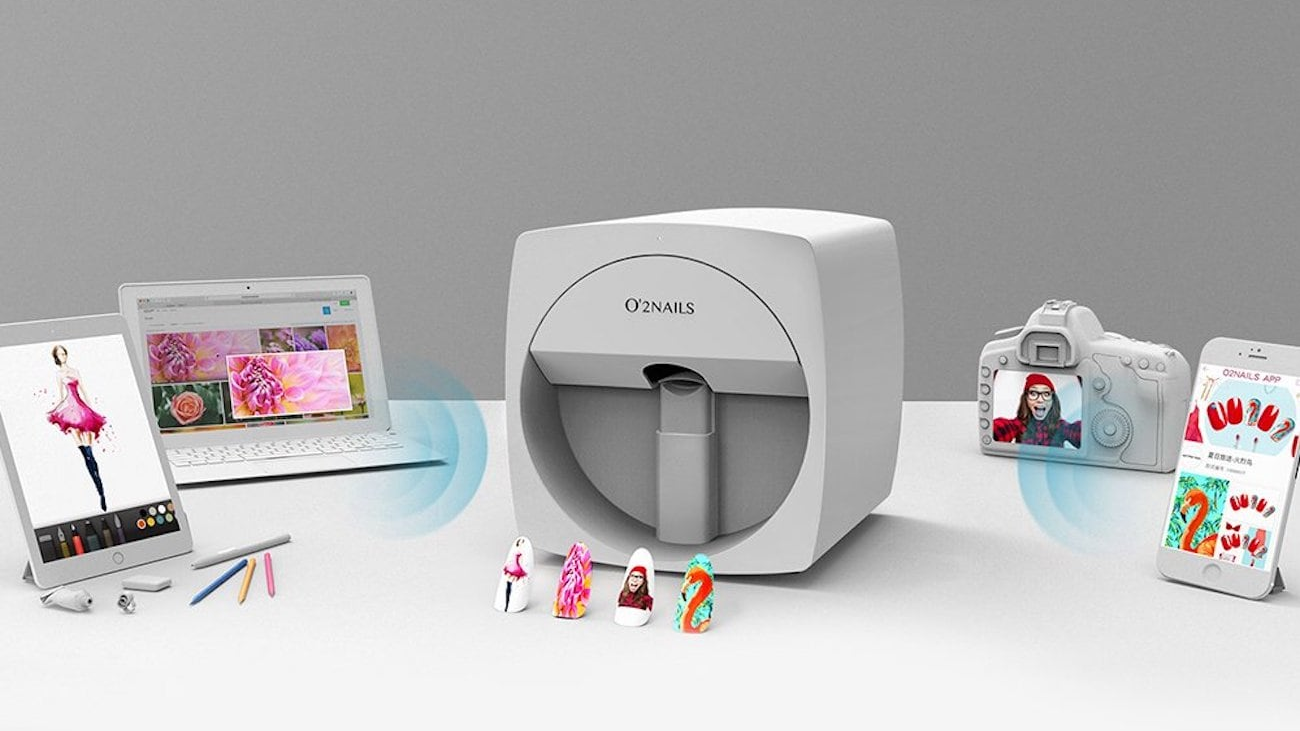
2. AI-Powered Design Engines
Smart Pattern Recognition
Some high-end machines, like those from Funai or O’2NAILS, integrate AI engines that recommend designs based on:
- Nail size and shape
- Skin tone matching
- User preferences and previous patterns
Real-Time Adjustments
AI algorithms also adjust print output to match the curvature and orientation of each nail, minimizing errors and ensuring perfect placement every time.
3. 3D Nail Mapping and Sensing Technology
Optical Scanners
Advanced models use optical or 3D scanning to map the nail’s topography. This enables:
- Accurate design placement
- Compensation for nail curvature
- Improved fit and finish of printed art
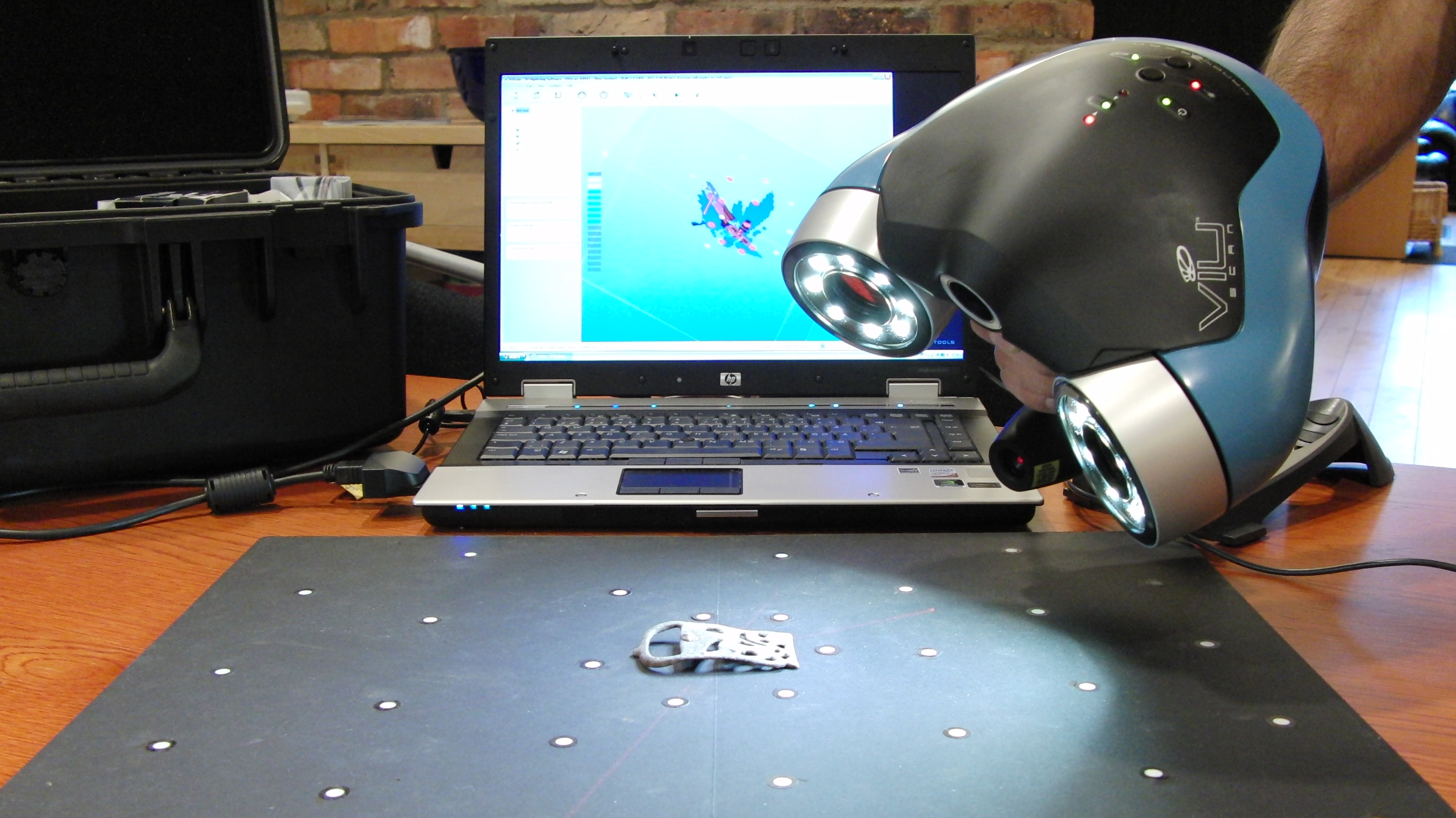
Infrared Sensors
Infrared or laser sensors are used to:
- Detect nail positioning inside the printer
- Ensure hands are correctly aligned
- Avoid ink wastage and smudges
4. Software and App Integration

Customization Platforms
Most nail printers come with companion apps that allow users to:
- Choose from extensive design libraries
- Upload personal images or artwork
- Preview prints using AR visualization
Cross-Platform Compatibility
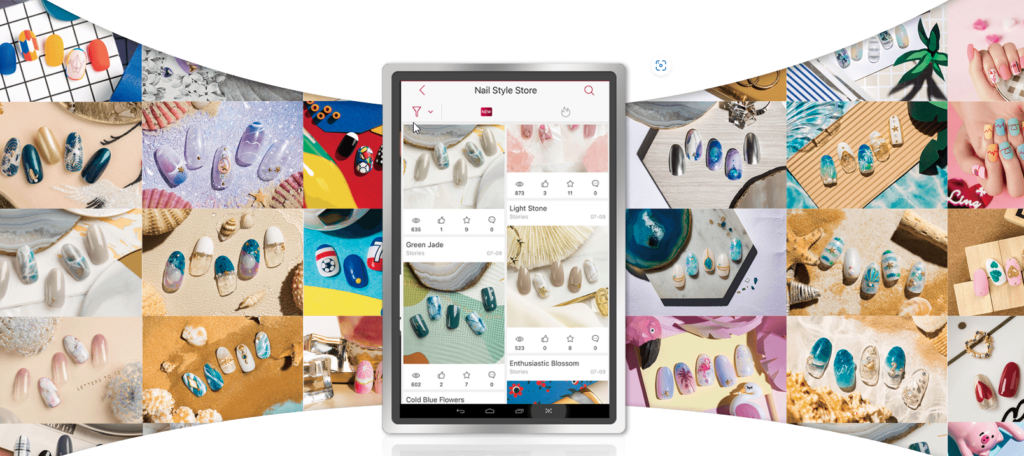
These apps typically support iOS, Android, and desktop platforms and often feature:
- Cloud storage for designs
- Sharing features for social media
- In-app tutorials and user guidance
5. Advanced Motion Control Systems
Stepper Motors
Used to precisely position the nail under the inkjet nozzle, these motors are:
- Calibrated for millimeter-level accuracy
- Quiet and efficient
- Built for long-term use with minimal maintenance
Print Head Stabilization
To ensure ultra-sharp designs, print heads are stabilized using:
- Anti-vibration mounts
- Motion sensors to compensate for hand movement
6. UV/LED Curing Systems
Integrated Drying Mechanism
Some nail printers include built-in UV/LED lights to:
- Instantly cure printed ink
- Reduce smudging
- Speed up the overall manicure process
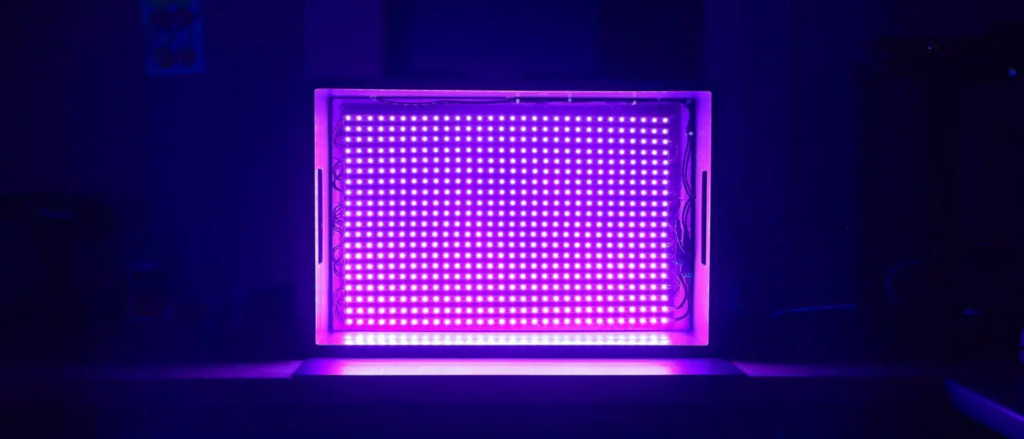
Benefits
- Enhances durability of printed design
- Seals in color without additional tools
- Ideal for mobile or quick-service environments
7. Connectivity and Smart Features
Wireless Communication
Most modern nail printers offer:
- Bluetooth or Wi-Fi connectivity
- Firmware updates
- Cloud syncing for design backups
Data Analytics
Some machines collect usage data to:
- Track design trends
- Optimize print settings
- Offer personalized recommendations
How to Choose the Best 3D Nail Printer
When selecting a 3D nail printing machine, consider the following factors:
- Ease of Use: Ensure the machine is user-friendly, with intuitive software and minimal setup requirements.
- Printing Quality: Look for a high-resolution printer capable of detailed, vibrant prints.
- Compatibility: Check if it works on natural nails, gel nails, or acrylic extensions.
- Price and Warranty: Balance affordability with durability and customer support.
Conclusion
The technology powering nail printing machines is truly revolutionary. From high-resolution inkjet systems to AI-based customization and real-time nail mapping, these devices merge artistry with engineering precision. As technology continues to evolve, expect even smarter, faster, and more versatile printers to shape the future of nail design.
Whether you’re a salon owner, nail tech, or beauty tech enthusiast, understanding this innovation can help you stay ahead in a competitive, creativity-driven industry.

